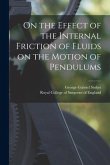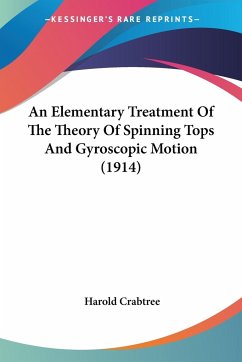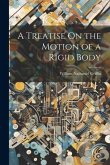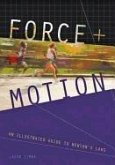One of the hardest questions that mathematics teachers have to answer is "Why are we learning this?" The hard work of schoolroom sums is crucial in learning the awesome power of mathematics, but lessons are often disconnected from how the knowledge is used in the real world and where those ideas came from. Mysteries of Motion: Understanding the Mathematics of Movement is here to fill that gap. We live in a world of cause and effect. Forces and materials interact to create a myriad of measurable effects, each one causing many more effects as they ripple out through time and space, transferring energy in a neverending process that is happening everywhere, all of the time. A poetic view indeed, but one that is firmly within the scope of mechanics, the field of mathematics that has a handle on motion of all kinds. Mechanics famously simplifies motion into three laws, as set out in the 17th century by Isaac Newton. But those universal rules grew from the work of ancient thinkers like Archimedes, who built machines that could lift ships, and from Newton's contemporaries like Christopher Wren, a famous architect who also helped to reveal how invisible atoms move just like pool balls, and pool balls just like atoms. Do you want to know more? How about this: the mathematics of motion has since been enlarged to explain all kinds of things, from how the wind blows and how to make a flying machine, to how the very fabric of space and time works. It is no exaggeration to say that mechanics is a most powerful application of mathematics. Let's learn how to use it.
Bitte wählen Sie Ihr Anliegen aus.
Rechnungen
Retourenschein anfordern
Bestellstatus
Storno








